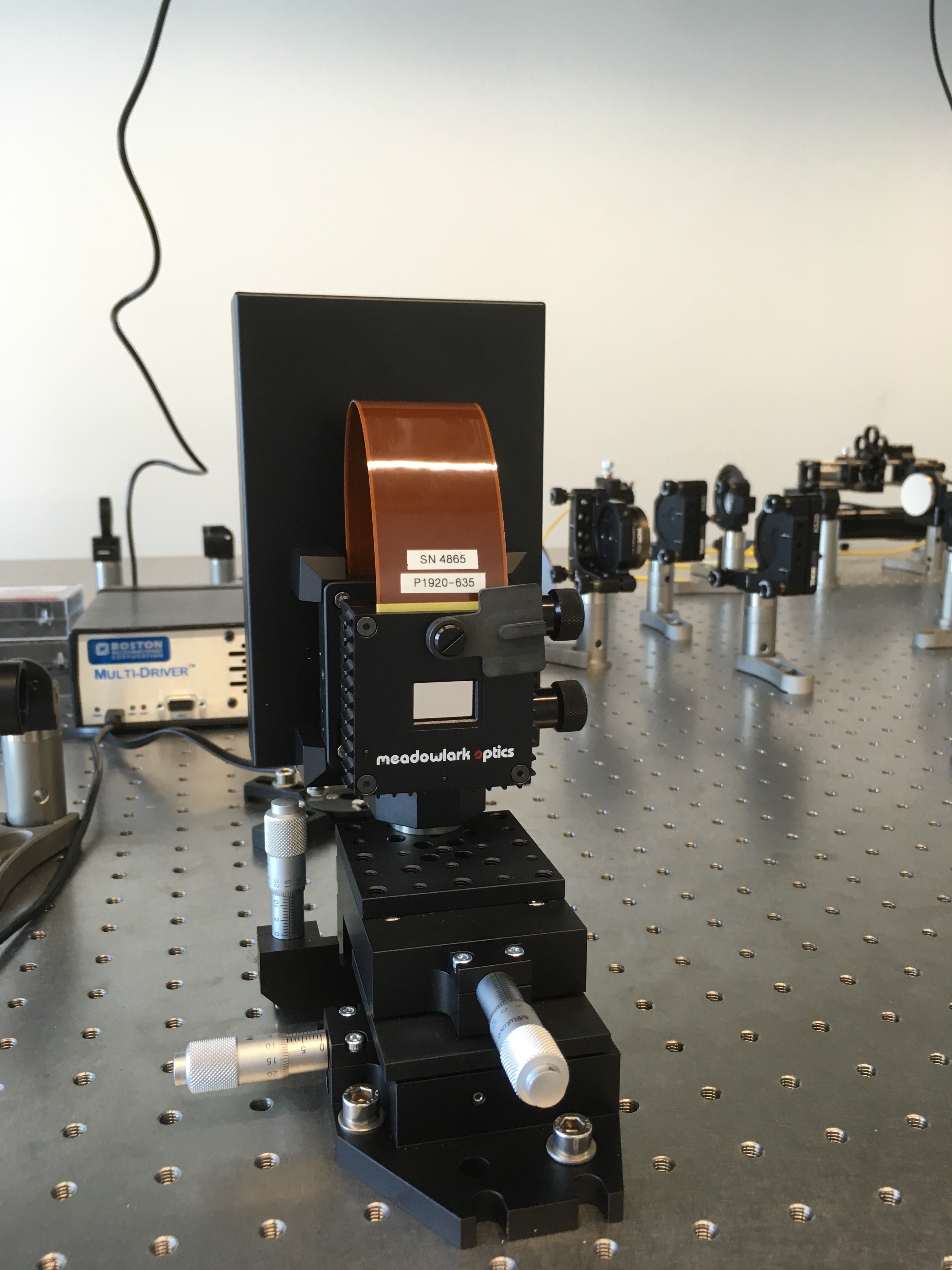A Swiss Technology R&D Initiative Towards the Direct Detection of Nearby Exoplanets
For the first time, the recent discovery of the nearby exoplanets Proxima Cen b and GJ876 b opens the door to a possible detection and spectroscopic characterization in reflected light with ground-based instrumentation. Indeed, at an anticipated contrast of 10-6 to 10-7 and angular separation ranging from 2 to 2.5 λ/D, these two planets can be spatially resolved in the visible (R- to I-band) with the VLT. Still, such stringent contrast requirements impose the use of state-of-the-art planet imaging instrumentation downstream the best available adaptive optics (AO) systems, combined with advanced observing schemes. It appears that Swiss institutions are already leading two major existing VLT instruments, which could play a key contribution in detecting these nearby exoplanets directly in a realistic future: ESPRESSO and SPHERE/ZIMPOL. We hereby propose to improve our technological capabilities in two major areas, which are both crucially needed to make such an endeavor possible: (i) faster AO real-time computing (RTC), and (ii) coronagraphy optimized for known RV-detected targets. The project involves Swiss institutions with relevant expertise and currently conducting research related to the aforementioned technologies. By utilizing and combining existing know-how and resources in Geneva, Lausanne and Zurich (some pictures of the laboratory of ETH are shown below), we also conceive the project as a stepping-stone in developing a Swiss technology platform for high-contrast instrumentation, which could lead to future collaborations and initiatives on a larger scale.


Market opportunities and industrial applications
The present project will serve as a baseline to determine, in a subsequent stage, whether Swiss industrial partners may be interested in developing RTC products with applications in astronomy and other fields of research. In particular, technology transfer from EPFL/hepia towards industry may allow Swiss companies to be internationally competitive in the future calls for fast RTC developments at ESO VLT, ESO ELT, and other world-leading astronomical facilities.
Contacts
PlanetS partner: Hans Martin Schmid. and Sascha Quanz, Institute for Particle Physics & Astrophysics – ETH Zurich, Wolfgang-Pauli-Str. 27, CH-8093 Zurich. Christophe Lovis, Geneva Observatory – University of Geneva, 51 ch. des Maillettes, CH-1290 Versoix.
NON-PlanetS partners: Jonas G. Kühn, Institute for Particle Physics & Astrophysics – ETH Zurich, Wolfgang-Pauli-Str. 27, 8093 Zurich, email. Rene Beuchat, Laboratoire d’architecture des processeurs – EPFL/hepia, EPFL IC IINFCOM LAP, INF 138, CH-1015 Lausanne, email.
Publications and Patents
Patapis P., Kühn J., and Schmid H. M., “A simple optimized amplitude pupil mask for attempting to direct imaging of Proxima b with SPHERE/ZIMPOL at VLT”, Proceedings of SPIE, 107065J (2018) (link).
Guerrieri A., Beuchat R., Scanzi J., Tabourin F., Chau A., Emmanuel N.C., Fourquier S., Antoniadis O., Lovis C., Wildi F. and Kühn J., “Extremely Fast Real-Time Computer for the Next Generation of Adaptive Optics Systems”: Poster (PFD) and presentation (PDF) at the Real-Time Computing (RTC) for Adaptive Optics (AO), on 25 & 26 October 2018 in Paris.

